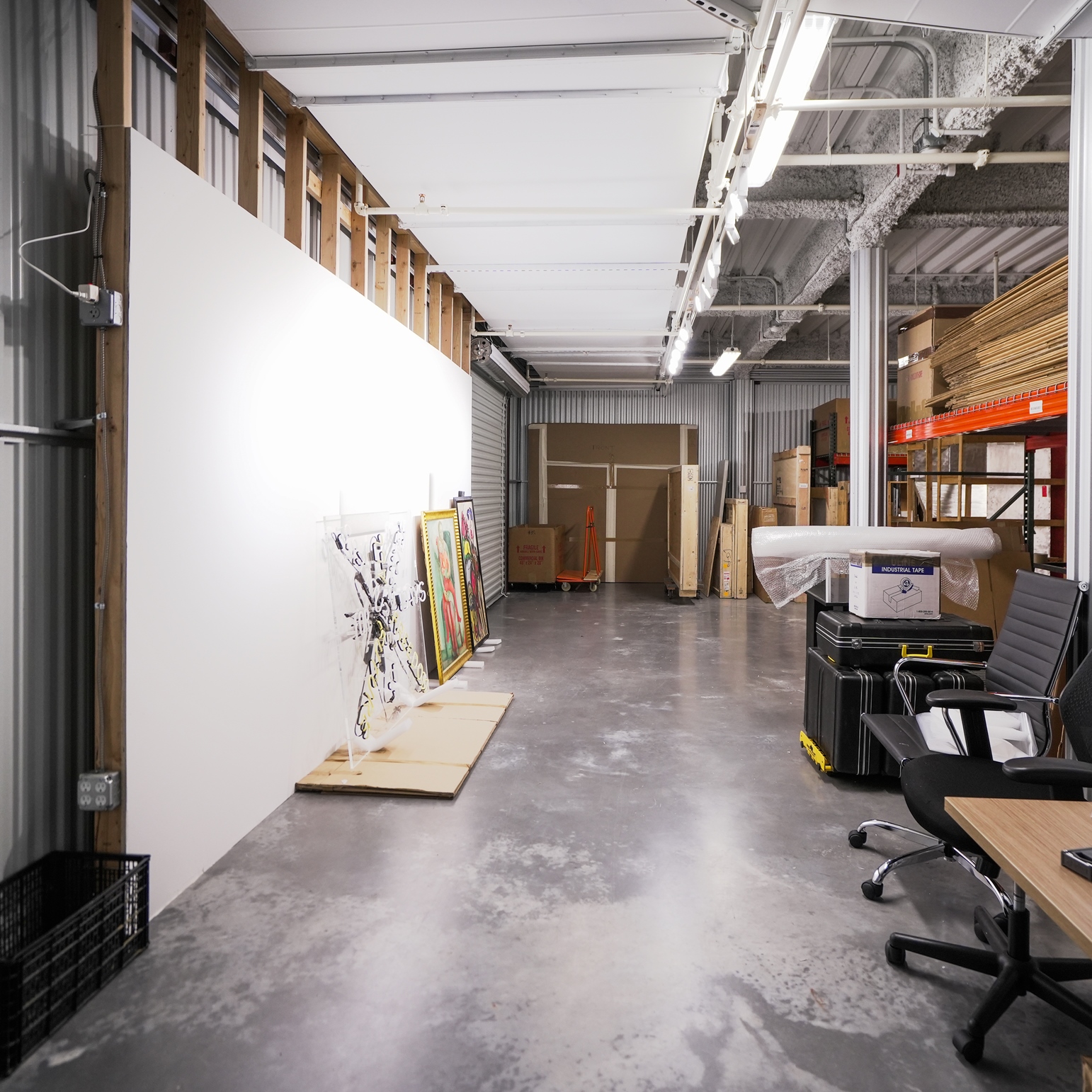Art is a precious embodiment of human creativity, which transcends time. It has timeless value and requires proper storage and conservation to be preserved for successive generations. That’s why experts from all corners of the globe have always been interested in finding the best way to store artwork. While there is no universal recipe meeting all art needs, some recommendations are unchangeably relevant.
How to Determine the Best Way to Store Artwork?
While storage for each artwork requires a custom-tailored strategy, all storage facilities are developed around several fundamental requirements: stable environment, air quality, and light protection. Climate control is integral to art storage safety because artwork is highly vulnerable to temperature and humidity fluctuations. Natural materials, such as canvas, wood, and paper, are prone to quick deterioration if these parameters change, so art storage facilities strive to keep internal conditions stable, 65-750F and 45-55% relative humidity.
Air quality is another vital parameter to include in the art storage design. Advanced air filtration systems prevent the intrusion of pollutants, such as dust, smoke, and airborne chemicals. If such pollutants accumulate on the artwork’s surface, they can react with varnishes and pigments, causing gradual destruction of timeless masterpieces. Therefore, it is important to store art in a perfectly clear environment to minimize its oxidative stress and particulate contamination.
Ultraviolet (UV) radiation is detrimental to art, as it causes pigment fading and can accelerate chemical degradation of natural materials. For this reason, art is commonly stored in places where there’s no chance of UV exposure. It also makes sense to use UV-filtering sleeves and covers for art objects that need to be displayed in places with natural lighting.
While all these factors are hard to accommodate in private settings, professional art storage facilities usually include these aspects in their design. That’s why it is strongly recommended that you use specialized art storage for art collections requiring special treatment due to high vulnerability.
Is There a Universal Storage Formula?
Overall, there is no one-size-fits-all recipe for the best way to store artwork. Antiques require one set of parameters to stay intact from damage; oil canvases may need a different approach. However, even with these distinctions in mind, you can maximize the safety and stability of your storage solutions with the help of a proper climate control system, air quality monitoring, and light filtering. Don’t forget that art storage is not static; it should be continually checked and adapted to changing artwork needs to serve you well.
